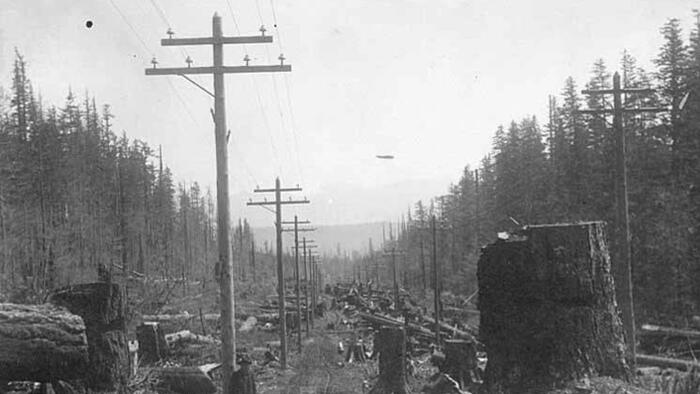


Authored by Drew Bond via RealClearEnergy,
The last energy revolution that changed the world — natural gas fracking — happened in part thanks to the Department of Energy (DOE). Early R&D funding, support for horizontal drilling, and key public-private partnerships helped fracking get off the ground and turn America into an energy powerhouse.
Now, we are on the cusp of another energy revolution, this time focused on the clean technologies of advanced nuclear, geothermal, natural hydrogen, and fusion. Fortunately, the United States is rich in these energy resources. The challenge with these technologies isn’t a lack of supply; it’s the speed and scale at which we can bring this energy online.
American innovators and entrepreneurs are ready to deliver solutions, but outdated bureaucracy and inefficiency within the DOE threaten to delay progress. With a leader like Secretary Chris Wright, who brings real-world experience from the private sector, the DOE has an opportunity to once again become a force multiplier for energy innovation — if it embraces smart, structural reforms.
Here’s where the DOE can start.
1. Streamline Contracting and Applications
The DOE’s current application and contracting process is burdensome and redundant. Companies often face unnecessary delays just trying to navigate paperwork, such as being required to secure community benefits agreements or labor partnerships before the technology in question is even commercially viable. To make matters worse, organizations must submit separate applications for each DOE program or office, even when pursuing similar goals.
The DOE can address this issue by standardizing applications across the department, eliminating duplicative requirements, and leveraging modern tools like AI to automate non-critical aspects of the process. These changes would increase efficiency, lower barriers to new entrants, and accelerate the introduction of transformative technologies to market.
2. Cut NEPA Red Tape — Where DOE Has Authority
While protecting the environment and holding polluters accountable is an essential role for the government, the National Environmental Policy Act (NEPA) has been weaponized to stall or block critical energy projects. While the DOE does not have full control over NEPA’s broader structure, and Congress should seriously consider repealing this outdated law, DOE does have discretion over how NEPA is applied to its programs and supported projects.
One key opportunity is for DOE to expand the use of categorical exclusions — designations for projects that do not significantly impact the environment and therefore do not require full-scale environmental assessments. This is especially important for new energy technologies that haven’t yet reached commercial scale or environmental risk.
DOE can also streamline internal review timelines, accelerate grant negotiations, and release funding as soon as projects meet agreed-upon milestones. These kinds of administrative reforms are entirely within DOE’s control and could make a real difference in the pace of deployment.
3. Focus on Acceleration, Not Picking Winners and Losers
DOE should not be in the business of picking technological winners and losers. The private sector is far better suited to determine what solutions work best in the real world. The federal government should not also be financing projects that can secure private financing. What the DOE should do, however, is utilize its considerable resources, such as the Loan Programs Office, to bridge funding gaps and accelerate promising technologies to market on a global scale.
This means supporting a diverse range of innovations — from next-generation nuclear to long-duration storage and advanced grid software — not because of ideological preferences, but because we need all of the above to meet growing demand. The key is to level the playing field, provide support where market gaps exist, and let the best technologies rise to the top based on merit and scalability.
4. Support Transparency and Talent
DOE should publicly track and report application processing times to hold itself accountable. Additionally, it should foster a culture of excellence by rewarding employees based on talent and performance, rather than just tenure. Reform should also include the ability to swiftly remove employees who consistently undercut the department’s mission of advancing U.S. energy leadership.
The next energy revolution won’t be unleashed because of a single reform. But together, these changes would transform the Department of Energy from a slow-moving bureaucracy into a dynamic catalyst for American energy innovation.
The private sector is ready. The resources are available. With the right reforms, DOE can help unlock the full potential of American energy, reasserting our leadership at a time when energy security, economic growth, and technological competitiveness depend on it. The time to act is now.
Drew Bond is the Co-Founder, President & CEO of C3 Solutions.
